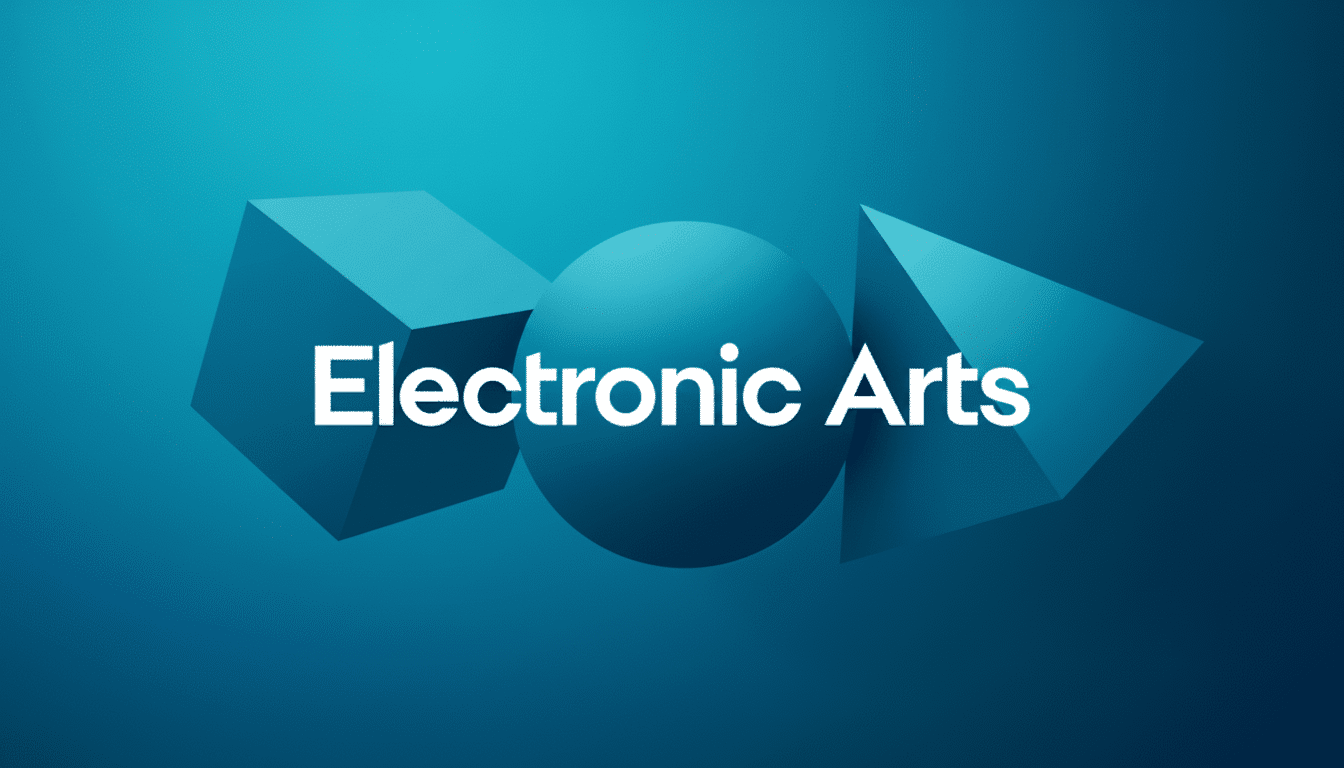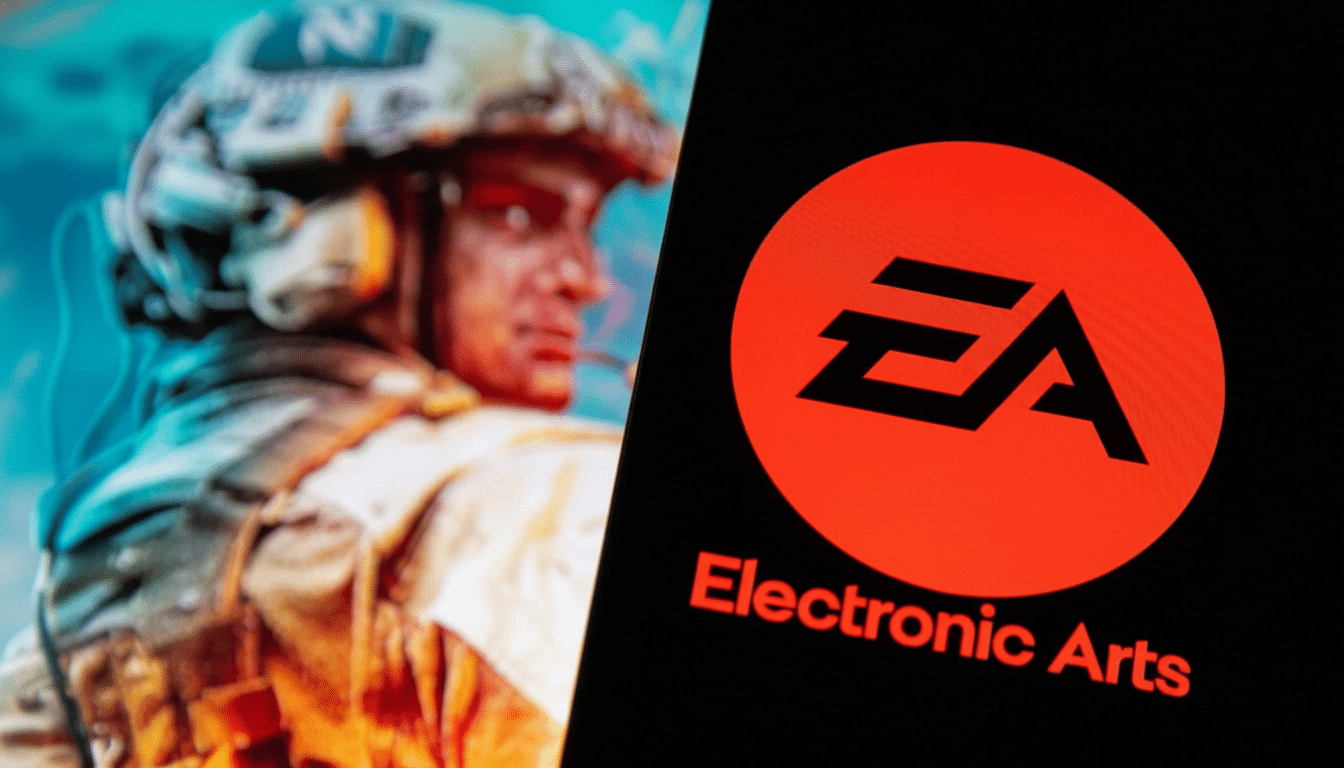Electronic Arts, publisher of titles like Madden, EA Sports FC, The Sims, and Battlefield, is said to be on the brink of a $50 billion takeover, according to The Wall Street Journal. The company has declined to comment, and the discussions could still take a turn, but the agreement could be fleshed out next week, sources added. If the deal goes through, it would instantly be one of the biggest leveraged buyouts ever, and it would overhaul the business of global game publishing.
Who is backing the proposed Electronic Arts takeover deal
Part of the investor group are technology investor Silver Lake, Saudi Arabia’s Public Investment Fund (PIF), and Affinity Partners, according to Reuters. Silver Lake has a history of doing major tech deals, and PIF has made huge inroads elsewhere in gaming through its Savvy Games Group and investments in publishers including Nintendo and Take-Two Interactive.
- Who is backing the proposed Electronic Arts takeover deal
- Why Electronic Arts is viewed as a valuable prize asset
- How a potential $50 billion LBO for Electronic Arts might work
- Regulatory and geopolitical hurdles facing a buyout of EA
- What the potential deal could mean for players and partners
- Critical signals to watch as the prospective deal advances

The appeal is obvious: EA’s sports games that come out annually and its live-service franchises bring in consistent and recurring cash flows. Ultimate Team modes and continuously updated content have transformed sports games into year-round services, which is a profile that bodes well for debt-financed deal structures looking for reliable revenue that can be used to service interest expenses.
Why Electronic Arts is viewed as a valuable prize asset
Over the years, EA has worked to shift from one-off releases to ongoing service-led revenues. Company disclosures have repeatedly stressed that live services represent more than 70% of net bookings, powered by EA Sports FC, Madden NFL, Apex Legends, and The Sims. That blend would mitigate the revenue seasonality that’s a danger with PC and console, while also increasing player engagement across console, PC, and mobile.
Sports licensing remains a distinct moat.
It’s EA’s longstanding partnerships with the NFL, the NFLPA, FIFPRO, and domestic leagues worldwide that support game modes that get refreshed every year but keep players spending throughout a cycle. The results have been sticky communities, healthy microtransaction ecosystems, and predictable cash generation—qualities that usually merit a premium in M&A.
How a potential $50 billion LBO for Electronic Arts might work
A price tag of $50 billion would put this in the ranks of one of the largest leveraged buyouts ever—joining transactions like the TXU deal before the financial crisis. In reality, the buyers would probably mix equity with a thick wedge of term loans and high-yield bonds, possibly in covenant-light structures more typical in mega-deals.
Investors will key in on net leverage, interest coverage, and the sustainability of EA’s live-service earnings. Given its sports titles that reset each year and its free-to-play properties like Apex Legends, the company has many engines to keep cash flow running. There is still execution risk: hit-driven volatility, shifts in player tastes, and re-upping licenses all affect the debt service runway.

Regulatory and geopolitical hurdles facing a buyout of EA
Any deal would need to clear a gauntlet of approvals. All have shown a willingness to scrutinize big gaming deals, as evidenced by the bumpy road of Microsoft’s deal to buy Activision Blizzard. EA does not have a leading platform, but scrutiny could focus on potential impacts on competition in sports licensing and live-services market dynamics.
The foreign ownership aspect of a sovereign wealth fund could also attract more scrutiny in the United States. While CFIUS usually hones in on national security concerns, foreign control of the sensitive tech sector can grab the agency’s attention. The purchasers would likely establish strong mitigation and governance measures to ensure that is the case.
What the potential deal could mean for players and partners
For players, the near-term roadmap is probably still on schedule: sports titles out on time, live-service updates, and current events all continue. Private ownership would be able to expedite investment in core franchises, infrastructure, and new tech—especially in live operations and AI-led development—and place a sharper discipline on underperforming projects.
Licensing partners—from the NFL to global soccer leagues—will seek continuity in their console offerings. Or we could hear promises on marketing spend, esports efforts, or content cadence. Platform partners will monitor the development of EA Play and distribution deals under new ownership, particularly because depth of catalog is key for subscription services.
Critical signals to watch as the prospective deal advances
Seek the definitive agreement, financing commitments from large banks, and any “go-shop” provisions that might spark rival bids. The transaction structure and governance should be detailed in regulatory filings, though what management has to say—if anything at all, and if the commentary comes at the appropriate time—will help clear up priorities for sports, live services, and new IP.
Until now, the proposed deal reflects a larger pattern: premium capital is being directed to gaming companies that have predictable, service-driven earnings.
EA is squarely at the heart of that thesis. If the deal closes, the balance of power in the industry will tilt once more—and perhaps one day, young pro gamers might be reared on live-service soccer in a world where the games push at new boundaries from within one of the largest private tech portfolios on earth.

